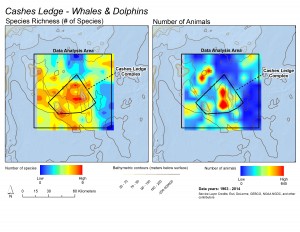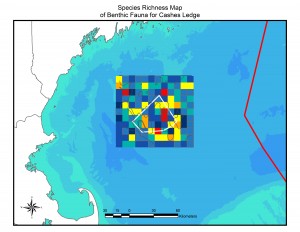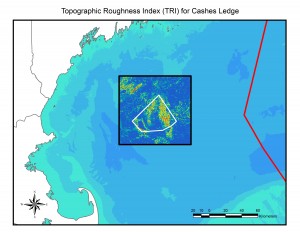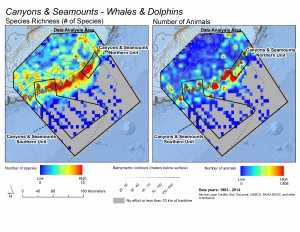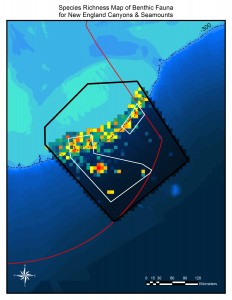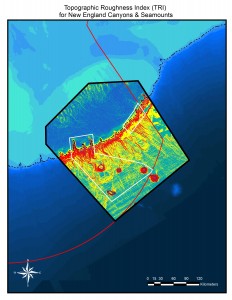The following was released by the Northeast Seafood Coalition:
March 29, 2016 – GLOUCESTER, Mass. – Earlier today, in a webinar releasing a new report regarding the environmental composition of Cashes Ledge, in response to Cape Cod Times reporter Doug Fraser’s question as to whether there is an imminent threat to Cashes Ledge, The Pew Charitable Trusts’ Director of US Oceans, Northeast, Peter Baker stated:
“..the different areas – Cashes Ledge, the coral canyons, and the sea mounts – have different pressures on them, and different levels of imminent pressures that might be put on them. For instance Cashes Ledge, some of the council members, led by Terry Alexander, who is the president of the Associated Fisheries of Maine and was quoted in a press release last week, put up a motion just last year at the NEFMC to open Cashes Ledge once again to bottom trawling. The other guy, Vito Giacalone, who was quoted in that press release, at a public forum in Gloucester just last month, said that the fishing industry is eager to get in and catch the cod that are in Cashes Ledge. So, certainly the leaders of the groundfish industry have made it clear, recently, that they’re eager and working to get back in there and that at every available opportunity they’re going to try and open up Cashes to bottom trawling again. So I’d say, yes, absolutely, there’s an imminent threat to Cashes Ledge.”
The statement attributed to Vito Giacalone of the Northeast Seafood Coalition, and the description of the motion made by Councilmember Terry Alexander are factually inaccurate. There was never a motion or statement made proposing access to Cashes Ledge.
The problem is the terminology used. “Cashes Ledge” is often used as verbal shorthand to refer to the large, 1400 square kilometer ‘Mortality Closure’ that includes Cashes Ledge and the surrounding areas and is an artifact of the old effort control system created to protect cod.
What we did say, and will maintain, is that once the old effort control system was replaced with a quota system, we want to be able to access the old mortality closures, including the Cashes Ledge Mortality Closure when such access is appropriate and scientifically justified. These portions of the Cashes Ledge Mortality Closure, despite the name, are not located on Cashes Ledge.
The Northeast Seafood Coalition proposed and supports the habitat management areas developed with government science, included in Omnibus Habitat Amendment 2 which was adopted by the New England Fisheries Management Council last June, and are pending approval by NOAA.
We collaborated with the Associated Fisheries of Maine, and with the Fisheries Survival Fund, representing the limited access scallop fleet. We did not develop our own habitat closed area on Cashes Ledge, but rather embraced the habitat management area developed via the government science.
This habitat area is significantly larger than Cashes Ledge itself, in fact, it completely engulfs Cashes Ledge, all of the kelp forest, and all of the areas displayed in the video and photographs circulated in recent months by proponents of a marine national monument. The protected area includes a surrounding buffer of hundreds of square miles.
We never would propose re-entering an area which we agreed to protect, and especially this area that encompasses Cashes Ledge. It is simply untrue to say that we stated that we are “eager” to fish within the habitat management area on Cashes Ledge.
Did we say we want to preserve the ability to access portions of the mortality closure such as Cashes Basin and other basins that were not identified as important habitat areas by the science? Yes, we did say that.
We have no way of knowing whether Mr. Baker’s statement was made to intentionally mislead, or simply out of a lack of clear understanding regarding the difference between Cashes Ledge, the habitat management area surrounding Cashes Ledge, and the remaining portions of the previous mortality areas that were artifacts of the old system, but we state unequivocally that it is not true to say we ever proposed accessing the Cashes Ledge habitat management area.

